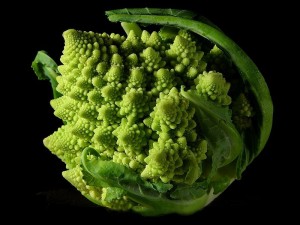
The Fibonacci numbers sequence (an infinite series) is defined by mathematicians as
Fn = Fn-1 + Fn-2
Their sequence begins
0, 1, 1, 2, 3, 5, 8, 13….
The question arises, how do these numbers reveal themselves in nature, around us? What is their significance?
Fibonacci Numbers On Land
There are quite a few manifestations of the Fibonacci sequence in nature. Many are listed at the University of Surrey math website. There it is explained how Fibonacci’s problem of the multiplying rabbits led, in the year 1202, to his namesake sequence.
Although the logic behind the problem contains a number of flaws, it did bring attention to Fibonacci and his sequence to us. A real occurrence of Fibonacci’s numbers in nature is seen in the bottom of a pine cone.
In the Sea
Perhaps most inspiring is the occurrence of the sequence in a sea dwelling creature. The Fibonacci sequence, if viewed as a sequence of squares drawn clockwise is seen to form a spiral. Compare that spiral with the cut away shell of the nautilus.
The concluding part three of this series of articles discusses the significance of these occurrences in Fibonacci Numbers In Art.
References:

Nice article Vincent.
I must look up Fibonacci and the rabbits. Sounds interesting. The Romanesco looks lovely but I am not as fond of the taste. My local greengrocery shop used to sell it but I don’t think they sold many because I haven’t seen any for a long time.